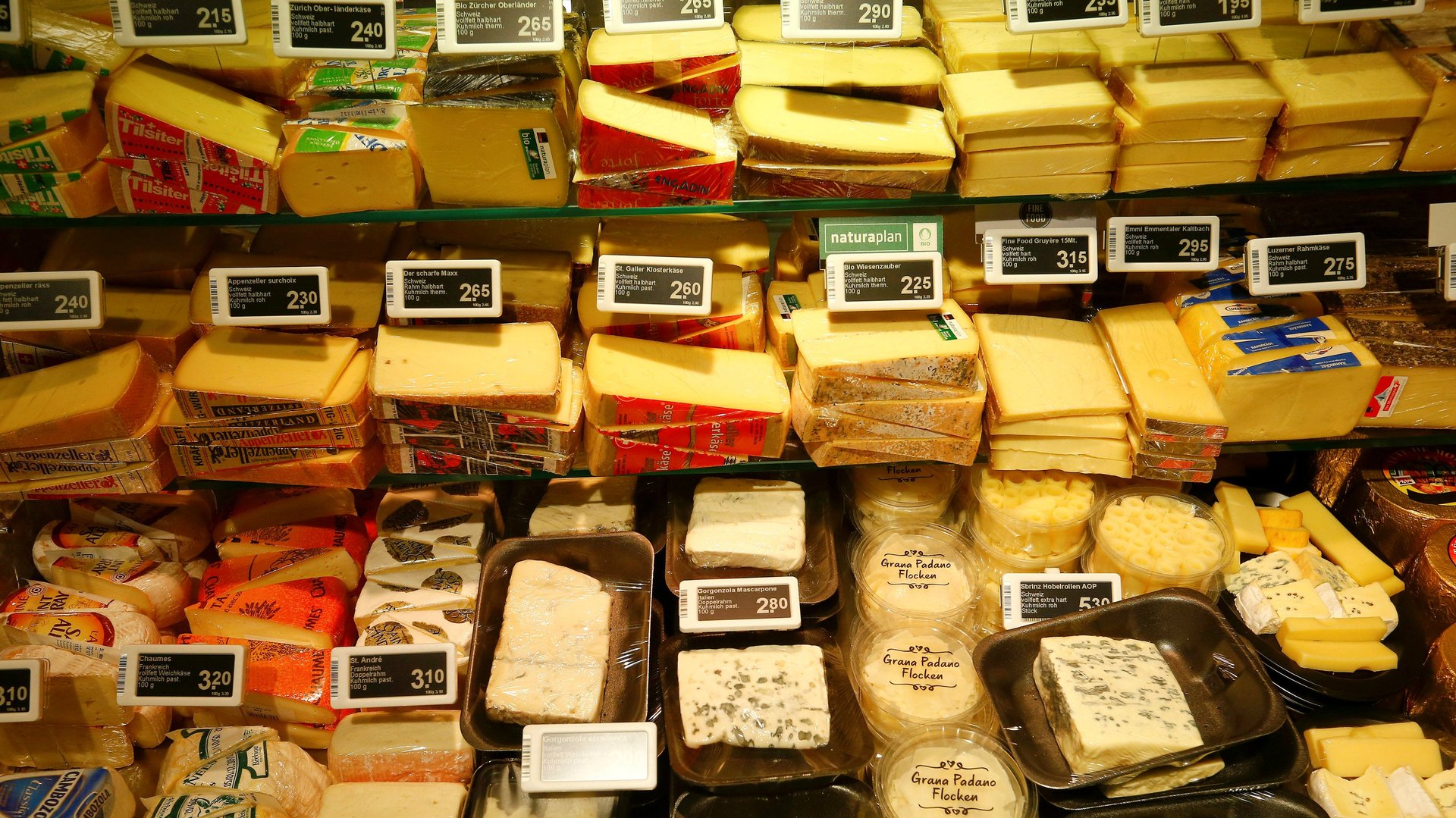Egyptian archeologists have identified one of the world’s oldest cheeses—and it might be poisonous
Egyptian archaeologists have identified what is “probably the most ancient archaeological solid residue of cheese ever found to date.” The cheese is estimated to be 3,200 years old.


Egyptian archaeologists have identified what is “probably the most ancient archaeological solid residue of cheese ever found to date.” The cheese is estimated to be 3,200 years old.
The ”solidified whitish mass” was first found a few years ago in the tomb of an ancient Egyptian mayor, at the Saqqara necropolis near Cairo. The tomb was discovered in 1885, only for its location to be hidden by shifting sands, according to The New York Times. It was rediscovered in 2010.
While archaeologists suspected the substance was food, they were only just able to establish it was cheese. Tests to confirm the sample were carried out by teams from the University of Catania in Italy and the University of Cairo and suggested the substance was a ”dairy product,” likely created by mixing sheep or goat and cow milk. The full details of the find were published in the journal Analytical Chemistry in late July.
Tests on the cheese also found traces of the bacteria which causes brucellosis, an infectious disease caused by consuming unpasteurized dairy products. Brucellosis can trigger bouts of fever, headaches, and muscle pain. Given this, the researchers are hopeful that this discovery will contribute to a range of fields beyond archaeology, from “medicine history to the forensic sciences.”
The cheese is the latest in a string of major archaeological finds in Egypt over the past year, including the discovery or a 2,300-year-old ancient gymnasium and a 2,000-year-old cemetery.